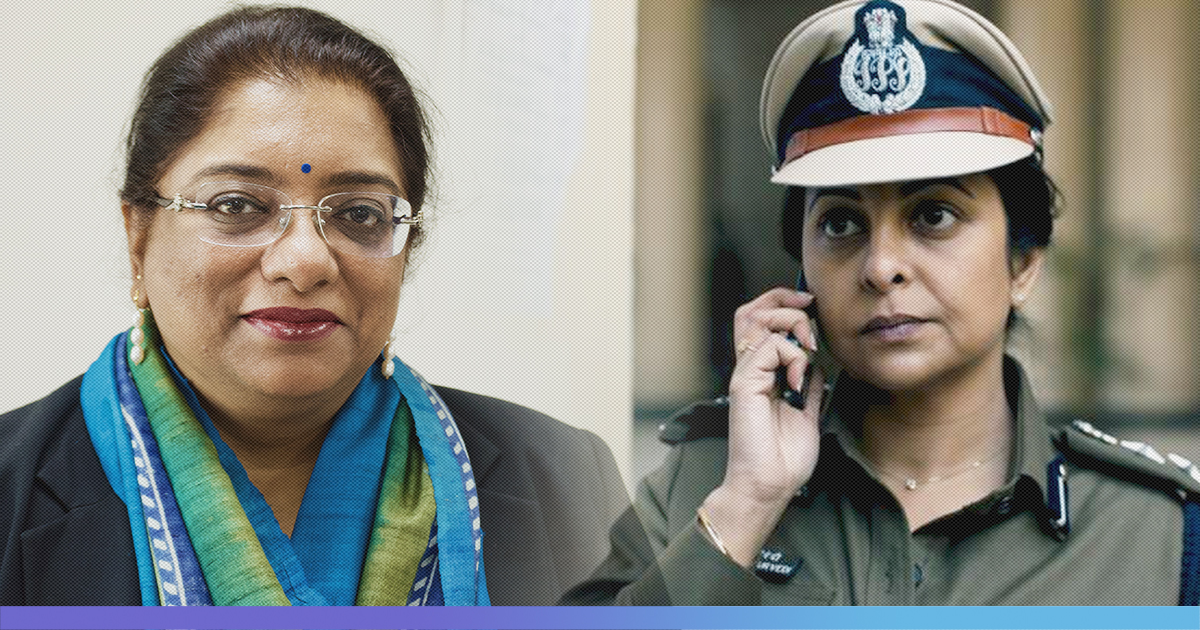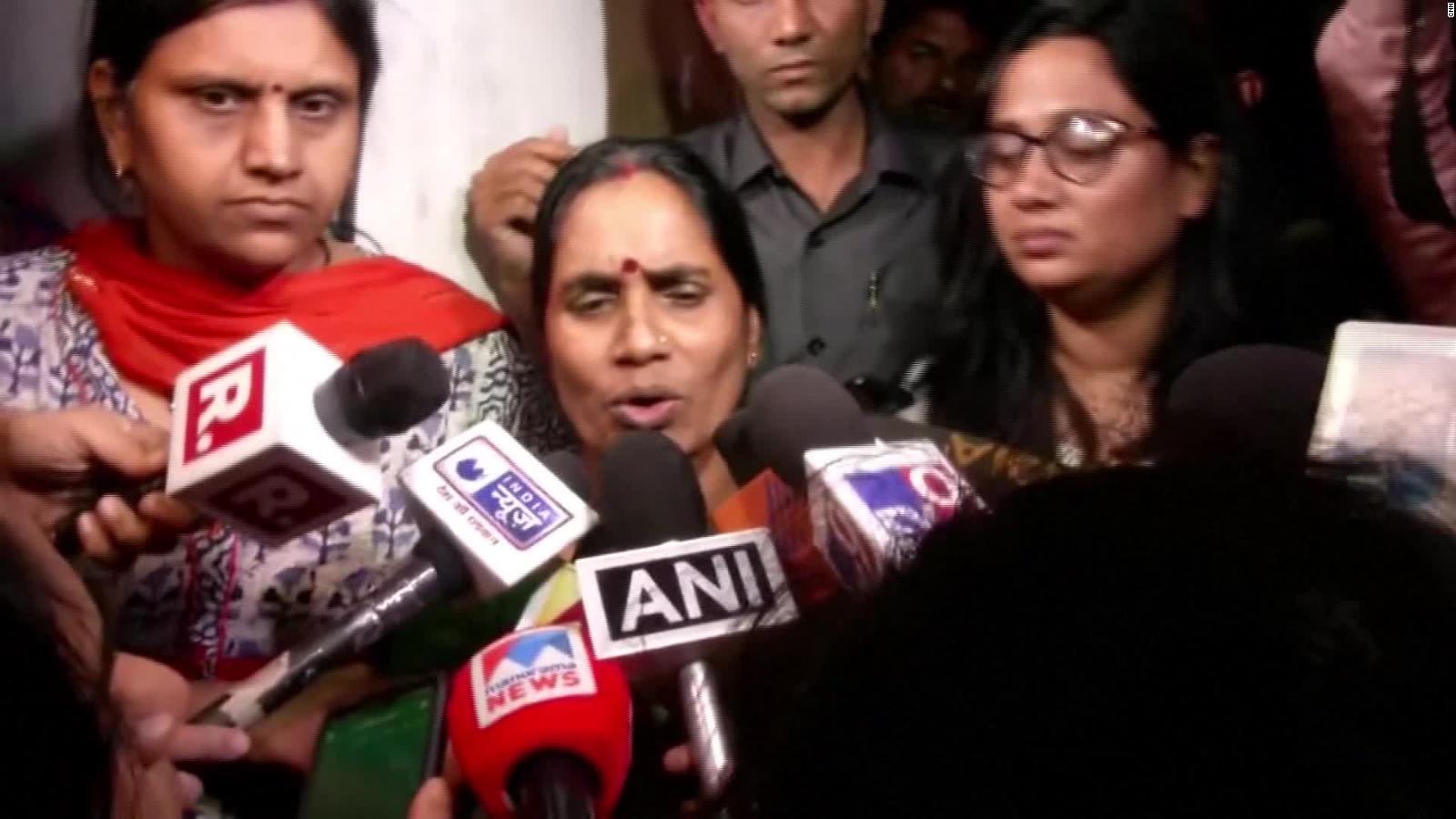

In a philosophical mood while driving to apprehend one of the accused, another officer explains why a rape like this happens in India. Related on The Swaddle: Delhi HC on Marital Rape: “A Rape Is a Rape.”

But rape is never justifiable, and suggesting that is incredibly harmful. Rape culture relies on these arguments to justify the act - it could have been preventable had you done something differently. “Every child knows you don’t do those things on a bus,” Bhupinder yells. The question of ‘Why didn’t you do more to save yourself’ has morphed into ‘why didn’t you do more to save her?’Īt other points, the police circle back to the question of whether Akash has another girlfriend, and why he was feeling Deepika up in the bus that night. He’s so convincing that for a moment, it doesn’t register that these words sound an awful lot like victim-blaming, familiar to any rape survivor. “He could have hit back, broken the window, screamed, something! If she was my girlfriend I would have died for her,” he says. In an impassioned rage, Bhupinder insinuates that Akash was pretending to have fainted on the bus that night, instead of helping Deepika. At various points in the show, the police cast aspersions about his morality and character. The man who was with Deepika that night, who was assaulted and thrown naked out of the bus with her, is portrayed as deplorable as the rapists.
DEEPIKA DELHI CRIME CRACK
The survivor, named Deepika, and her family, serve as living proof of the crime, motivating the police team to crack the case and “hang those bastards.” This is compounded by journalists who have zero ethics, with political motives to portray the police in a bad light. The protestors are portrayed as students with nothing better to do, and political campaigners stymie the police investigation. It is curious then, that in a show with very clear villains – in the unrepentant Jai Singh, the main perpetrator of the crime, and his fellow rapists – other characters are also denigrated along with them. But if there’s one message Mehta wants to drive home, it’s that the Delhi police was not culpable. It’s not our fault this happened.” In reality, the man in question did go to the Hauz Khas police station on December 16 to file a complaint, but was dismissed by the police, enabling the rapists to keep driving that night. This revelation make Chaturvedi take a moment with her colleague Bhupinder (Rajesh Tailang) to wonder if the rape could have been prevented had this man complained to the police that night. After seeing the rape reported on TV, a man comes to the station to report that he had also been robbed and assaulted by the same men on the bus that night. While Delhi Crime is a fictionalized account of what happened, the choice to twist certain facts seems telling. It’s a disconcerting realization that the thesis of the seven episodes is that the Delhi police went above and beyond to catch the criminals, despite their investigation being hampered by the media, protestors, and politicians. But while we can credit Delhi Crime with not sensationalizing the gang rape, the show’s rhetoric around survivors, perpetrators, and the act of rape itself, is problematic at best, and at worst, actively harmful.ĭespite all the rave reviews for the show, one thing is certain - the Delhi police are shown in the best possible light. It means that viewers rely on their own memory of the events, those days when the entire country was finally shaken out of complacency. Mehta deftly weaves in details, while leaving others (like dramatizing the actual incident of the rape) out - a smart move considering the nature of the subject. Through the eyes of DCP Vartika Chaturvedi, played by a faultless Shefali Shah, and her team, the ensuing manhunt to capture the six rapists of the Nirbhaya case provides the show with tight, fast-paced scenes, humming with tension. Netflix’s crime thriller, directed by Richie Mehta, traces the story of the police investigation following the brutal gang rape of a physiotherapy student in the nation’s capital, on 16 December 2012.


 0 kommentar(er)
0 kommentar(er)
